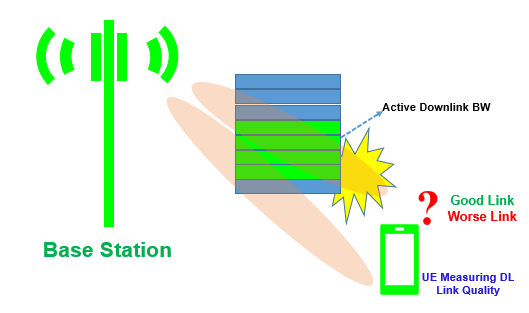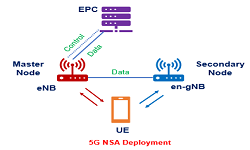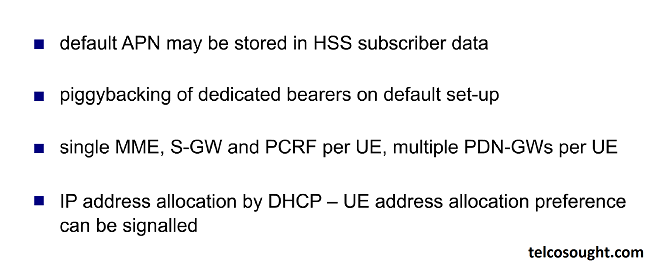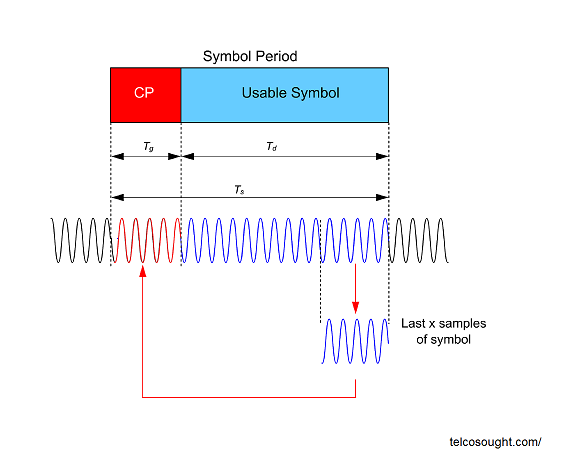Radio Link Monitoring – What is new SSB Based and CSI-RS Based RLM in 5G
Introduction
When a UE is connected to the network, it requires to continuously monitor the Radio link for reliable communication, the process is know as Radio Link Monitoring. The UE monitor’s the downlink link quality based on the reference signal to measure the downlink radio link quality for the serving cell.

Types of Radio Link Monitoring
- SSB based radio link monitoring
- CSI-RS based radio link monitoring
SSB based radio link Monitoring
When UE evaluating the downlink radio link quality, it monitors the reference signal over a period of time to determine whether if it’s meeting the threshold Qout or the threshold Qin. The monitoring time is in milliseconds and the time varies if the DRX is configured and Measurement gaps along with smtc1 and smtc2 are configured by the network.
3GPP Specifications has specified the UE requirements as below
-
- UE shall be able to evaluate whether the downlink radio link quality on the configured RLM-RS resource estimated over the last TEvaluate_out_SSB [ms] period becomes worse than the threshold Qout_SSB within TEvaluate_out_SSB [ms] evaluation period.
- UE shall be able to evaluate whether the downlink radio link quality on the configured RLM-RS resource estimated over the last TEvaluate_in_SSB [ms] period becomes better than the threshold Qin_SSB within TEvaluate_in_SSB [ms] evaluation period.
- Case#1 – Frequency Range 1 (FR1): When the SSB for RLM is in the same OFDM symbol as CSI-RS for RLM, Beam Failure Detection (BFR), Candidate Beam detection(CBD) or L1-RSRP measurement, and
-
- If SSB and CSI-RS have same SCS, then the UE shall be able to measure the SSB for RLM without any restriction;
- If SSB and CSI-RS have different SCS,
- If UE supports simultaneousRxDataSSB-DiffNumerology, UE shall be able to measure the SSB for RLM without any restriction;
- If UE does not support simultaneousRxDataSSB-DiffNumerology, UE is required to measure atleast one of the refrences signals i.e either SSB for RLM and CSI-RS.
- Case#2 Frequency Range 2 (FR2): when the SSB for RLM measurement on one CC coincides with the same OFDM symbol as CSI-RS for RLM, BFD, CBD or L1-RSRP measurement on the same Carrier or different Carriers in the same band, then the UE is expected to measure both the reference signals i.e SSB for RLM and CSI-RS. A longer measurement period for SSB-based RLM is expected, and no requirements are defined in the specifications for both FR1 and FR2 case.
CSI-RS Based Radio Link Monitoring
The UE should be configured with CSI-RS-based resources to monitor RLM-RS on the Pcell or the Spcell. The CSI-RS Configured for the RLM-RS should be inside the active DL BWP during the entire evaluation period. UE is not expected to perform radio link monitoring measurements on the CSI-RS configured as RLM-RS if the CSI-RS is not in the active TCI state of any CORESET configured in the UE active BWP.
-
- UE shall be able to evaluate whether the downlink radio link quality on the configured RLM-RS resource estimated over the last TEvaluate_out_CSI-RS ms period becomes worse than the threshold Qout_CSI-RS within TEvaluate_out_CSI-RS ms evaluation period.
- UE shall be able to evaluate whether the downlink radio link quality on the configured RLM-RS resource estimated over the last TEvaluate_in_CSI-RS ms period becomes better than the threshold Qin_CSI-RS within TEvaluate_in_CSI-RS ms evaluation period.
- As in the case of SSB-based measurements, the monitoring time is in milliseconds and the time varies if the DRX is configured and Measurement gaps along with smtc1 and smtc2 are configured by the network.
- The UE is required to be capable of measuring CSI-RS for RLM without measurement gaps and the UE is required to perform the CSI-RS measurements with measurement restrictions
- When the SSB transmission for RLM coincides with the CSI-RS transmission i.e SSB and CSI-RS is on the same OFDMA symbol then the UE is not expected to receive CSI-RS for RLM in the PRBs that overlap with an SSB. This scenario is applicable for both FR1 and FR2.
- And when the CSI-RS for RLM coincides with another CSI-RS transmission configured for RLM, BFD, CBD or L1-RSRP measurement, the UE shall be able to measure the CSI-RS for RLM without any restriction.
- Case#1 – Frequency Range 1 (FR1): If the SSB and the CSI-RS have the same SCS and are within the same active BWP then the UE shall be able to perform CSI-RS measurement without restrictions.
- If the UE supports simultaneousRxDataSSB-DiffNumerology the UE shall be able to perform CSI-RS for RLM measurement without restrictions.
- If the UE does not support simultaneousRxDataSSB-DiffNumerology, UE is required to measure one of but not both CSI-RS for RLM and SSB. Longer measurement period for CSI-RS based RLM is expected, and no requirements are defined
- Case#2 – Frequency Range 2 (FR2)
- When the CSI-RS for RLM measurement on one CC is in the same OFDM symbol as SSB for RLM, BFD, or L1-RSRP,the UE is required to measure one of but not both CSI-RS for RLM and SSB.
- When the CSI-RS for RLM measurement on one CC is in the same OFDM symbol as another CSI-RS for RLM, BFD, CBD, or L1-RSRP measurement on the same CC or different CCs in the same band then
- The UE is expected to measure either one of the CSI-RS but not both.
References
- 3GPP TS 38.213: 5G NR, Physical layer procedures for control
- 3GPP TS 38.321: 5G NR, Medium Access Control (MAC) protocol specification
- 3GPP TS 38.331: 5G NR, Radio Resource Control (RRC)
Related Posts




